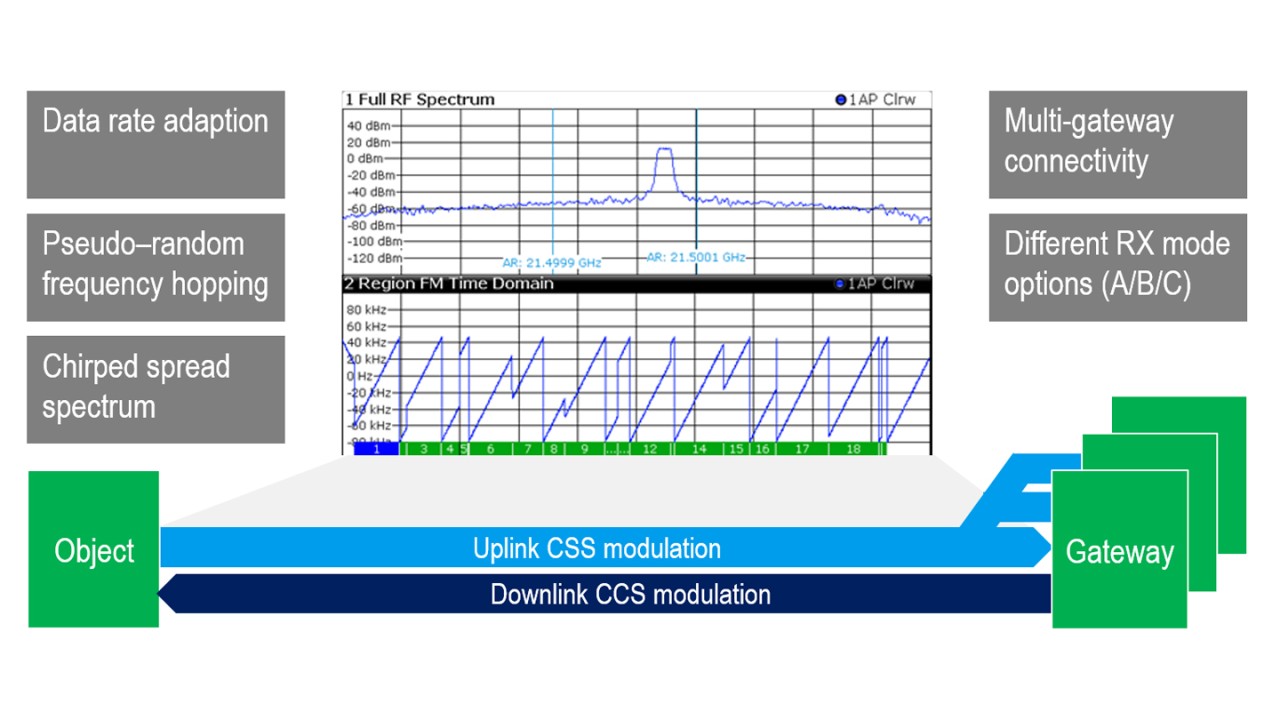

Although at the low end of the band they can pass through building walls enough for useful reception, usually rights of way cleared to the first Fresnel zone are required. Microwaves travel solely by line-of-sight paths unlike lower frequency radio waves, they do not travel as ground waves which follow the contour of the Earth, or reflect off the ionosphere ( skywaves). This graph includes a range of frequencies from 0 to 1 THz the microwaves are the subset in the range between 0.3 and 300 gigahertz. The downward spikes in the graph correspond to frequencies at which microwaves are absorbed more strongly. Main article: Radio propagation The atmospheric attenuation of microwaves and far infrared radiation in dry air with a precipitable water vapor level of 0.001 mm. In descriptions of the electromagnetic spectrum, some sources classify microwaves as radio waves, a subset of the radio wave band, while others classify microwaves and radio waves as distinct types of radiation. Microwaves occupy a place in the electromagnetic spectrum with frequency above ordinary radio waves, and below infrared light: Microwaves are widely used in modern technology, for example in point-to-point communication links, wireless networks, microwave radio relay networks, radar, satellite and spacecraft communication, medical diathermy and cancer treatment, remote sensing, radio astronomy, particle accelerators, spectroscopy, industrial heating, collision avoidance systems, garage door openers and keyless entry systems, and for cooking food in microwave ovens. At the high end of the band, they are absorbed by gases in the atmosphere, limiting practical communication distances to around a kilometer. Microwaves travel by line-of-sight unlike lower frequency radio waves, they do not diffract around hills, follow the earth's surface as ground waves, or reflect from the ionosphere, so terrestrial microwave communication links are limited by the visual horizon to about 40 miles (64 km). The boundaries between far infrared, terahertz radiation, microwaves, and ultra-high-frequency radio waves are fairly arbitrary and are used variously between different fields of study. Rather, it indicates that microwaves are "small" (having shorter wavelengths), compared to the radio waves used prior to microwave technology. The prefix micro- in microwave is not meant to suggest a wavelength in the micrometer range. Frequencies in the microwave range are often referred to by their IEEE radar band designations: S, C, X, K u, K, or K a band, or by similar NATO or EU designations. In all cases, microwaves include the entire SHF band (3 to 30 GHz, or 10 to 1 cm) at minimum. A more common definition in radio-frequency engineering is the range between 1 and 100 GHz (wavelengths between 0.3 m and 3 mm). Different sources define different frequency ranges as microwaves the above broad definition includes UHF, SHF and EHF ( millimeter wave) bands. Microwave is a form of electromagnetic radiation with wavelengths ranging from about one meter to one millimeter corresponding to frequencies between 300 MHz and 300 GHz respectively.

The apertures of the dishes are covered by plastic sheets ( radomes) to keep out moisture. A telecommunications tower with a variety of dish antennas for microwave relay links on Frazier Peak, Ventura County, California. For other uses, see Microwaves (disambiguation). For the cooking appliance, see Microwave oven. This article is about the electromagnetic wave.


 0 kommentar(er)
0 kommentar(er)
